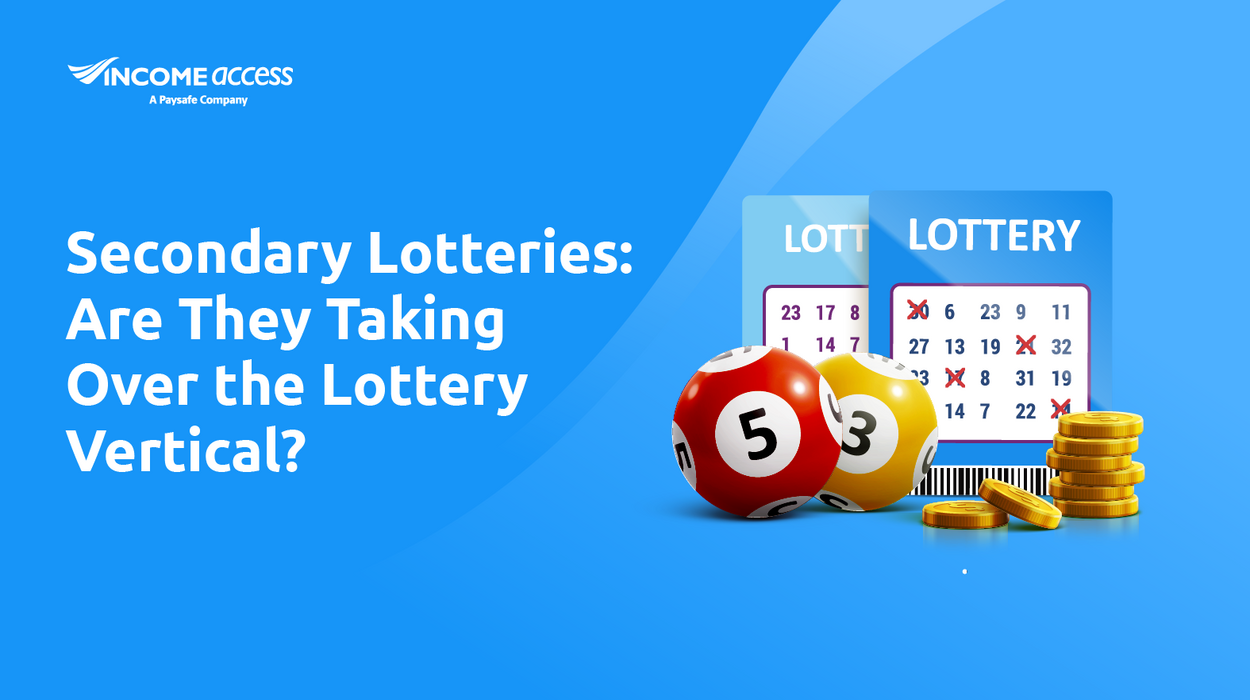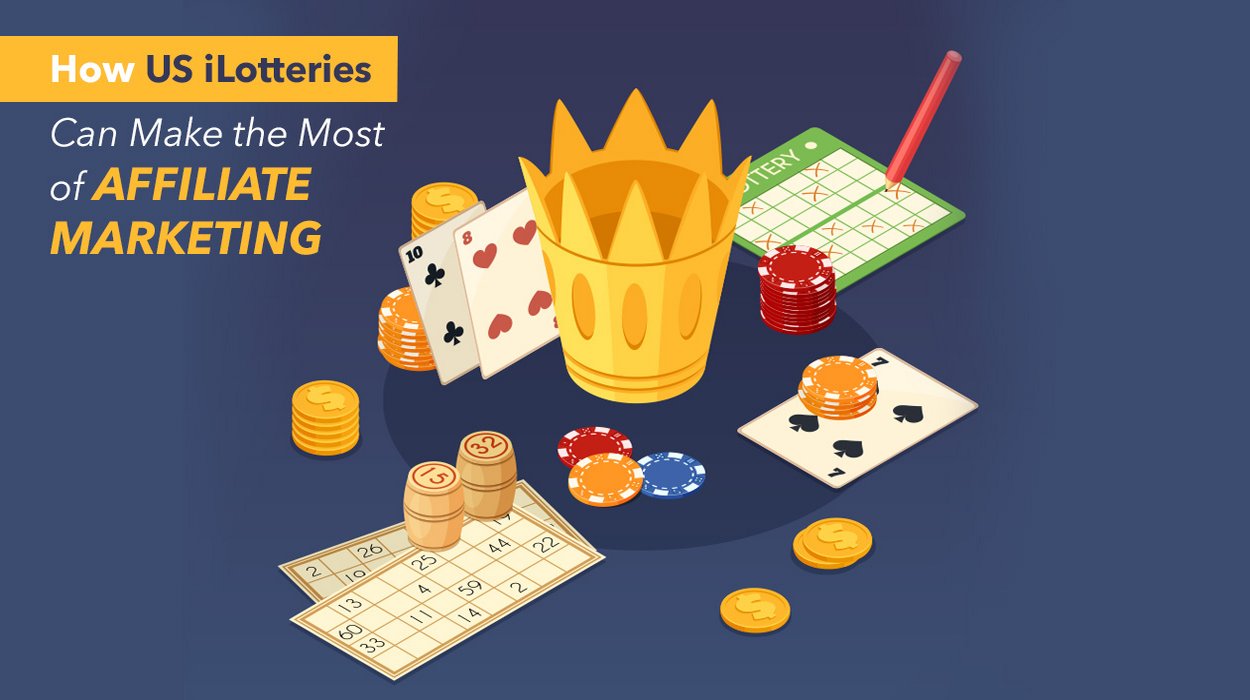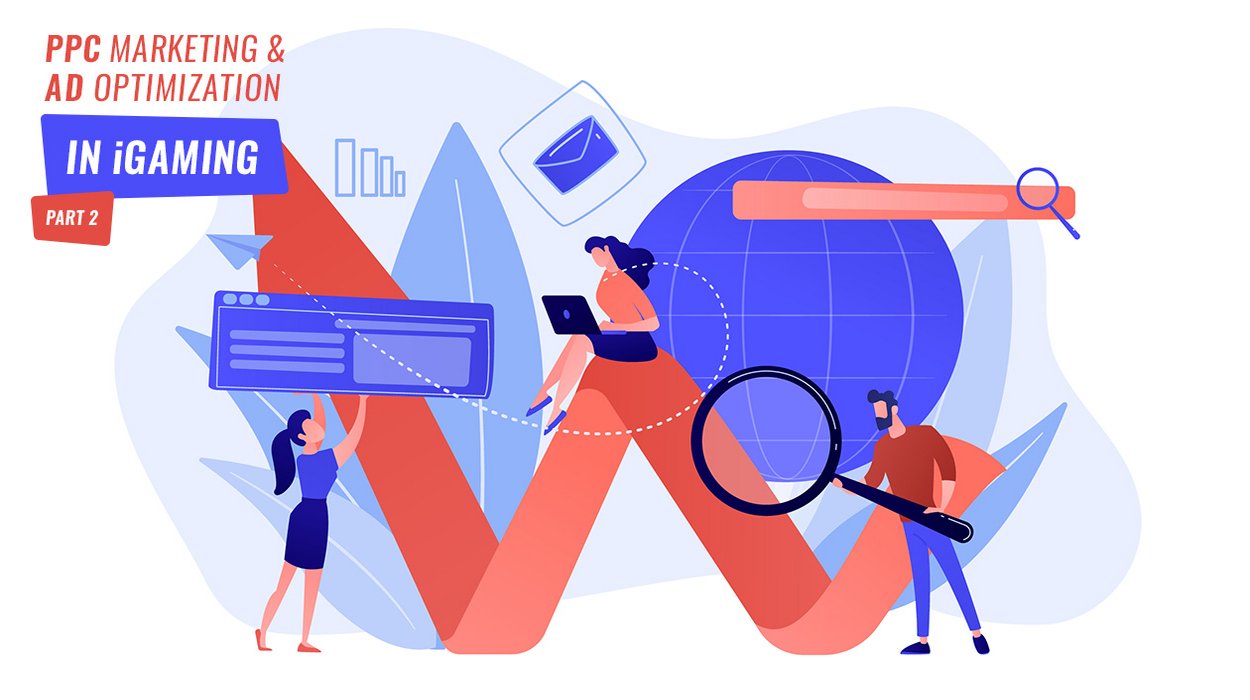
We often relate the word “gambling” with sports betting or casinos, but what seldom comes to mind is the lottery vertical. However, lottery is one of the most popular and socially accepted forms of gambling. In recent years, lotteries have progressed online with customers able to buy tickets from their computers or smartphones.
Online lottery is attracting audiences from different age groups and societies. Multiple factors including digitalization, accessibility to internet and increase in disposable income have contributed to a tremendous growth of the global lottery market.
According to PR Newswire, the global market for online lottery is estimated at US$10.9 Billion in the year 2022, is projected to reach a revised size of US$14.5 Billion by 2026, growing at a CAGR of 8.7% over the analysis period.
Despite being a highly regulated market originally run by some national, state, and regional lotteries, it has reached a vast majority of people, in part thanks to secondary lotteries. Secondary lotteries allow people to participate in the excitement of famous international lotteries, like the US Powerball and MegaMillions, from anywhere in the world. Licensed secondary lottery operators offer bets on the outcome of a primary lottery draw, meaning you don’t to be in the location of a lottery you’d like to play!
As the sector is continuing to grow, affiliates are becoming an important channel for marketing these brands. There are a lot of affiliates already promoting the vertical but there is a huge potential for growth with both the brands and affiliates. In this blog post, we have asked Viktor Hoffmann (VH), who has worked with operators on a variety of Lotto products and Liam Wilson (LW), owner of Lottery 'n Go (affiliate) to share their insights about the market. They shared with us where they see the lottery vertical in the coming years, the impact of secondary lotteries on the industry and the challenges for an operator and an affiliate in the industry.
The Future of Lottery Vertical
The focus of the newer generation is shifting from traditional in-person gambling towards online gaming, so there is a lot of potential for growth. VH says that “the traditional lottery vertical, with a focus on retail and with a message centered around good causes, is under significant pressure globally. The approach of the legacy national lottery operation, with a few exceptions, needs to be reinvigorated and digitally transformed to appeal to the next generation of lottery players.
Lottery is the most recreational, most widely appealing gambling vertical there is. The participation rates are typically above 50% in any given country and as such it has a bright future as long as it can compete for share of mind, wallet and time against other alternatives that the customer is now considering. “
The affiliate perspective on the lottery industry is also quite positive, with LV forecasting the future by saying that “first, I think we'll see more states legalize online lottery sales. This will allow people to purchase tickets from their computers or smartphones, which is much more convenient than having to go to a physical store. Second, I think we'll see more jackpots increase in size, due to the increasing popularity of lotteries.”
Impact of Secondary Lottery on the Industry
The secondary lottery market isn’t as new as it may seem, which VH touched on by discussing its popularity. He says that “secondary lotteries online have been around for decades in different guises, from the ticket messenger service model where operators would scurry around and purchase physical tickets from official outlets locally and resell them with a margin, to the modern insurance-based model most use whereby they offer bets on the outcome of international lottery draws and use robust prize covers and brokering to pay out winners regardless of the jackpot size.”
The secondary lottery is taking the lottery vertical to a global level by expanding its reach. VH backs the impact of secondary lottery by emphasizing that“the growth in popularity is very simple to explain if you consider the advantages for the player: bigger jackpots, more choice, an always-on draw calendar, more responsive customer service, more interactive companion games and more chances to win. But that's not all, the secondary lottery operator also has a leaner cost structure and can pass on savings to the customer in the form of generous bonuses, promotions and product bundles.”
LW touched on the monetary aspect of this by saying that “the emergence of secondary lotteries has changed the industry by creating more competition. This has resulted in higher jackpots and more prize money being offered. It has also meant that more people are playing the lottery, which has increased the overall amount of money being spent on lottery tickets.”

Challenges Faced in the Lottery Vertical
The secondary lottery poses big competition for the traditional lotteries in many geos. VH says that “in some geos, brands have a limited marketing mix available to them, as well as fierce competition in both mature and developing markets. Operators need to keep a razor-sharp focus on the customer and making incremental improvements across the funnel. As long as they keep innovating and providing great value for the player, they'll keep grabbing market share for their brands and affiliate partners. It's a very exciting time for lottery betting!”
With more and more affiliates entering the lottery vertical, there is a better understanding on how affiliate deals work. LW emphasizes the rising competition and says that “there are a few challenges that come with being an affiliate in the lottery vertical. One being the commission structure for lottery products is often complex, with different levels and tiers. This can make it challenging to maximize earnings.”
Key Takeaways
Secondary lotteries are continuously becoming a bigger and bigger part of the iGaming landscape, meaning brands and affiliates should consider moving into and advertising this vertical further. As users don’t need to physically go purchase their tickets or even be in the country the lottery takes place, it means more players can access secondary lotteries, showcasing their terrific potential in the iGaming world.


